
I was off on my way to the MGX pre-conference meeting for all of about a minute before I hit traffic. Here's why. You can't see, but somebody drove their car off of the interstate. I mean, lots of people do that, but this person chose a poor exit route. The median here is something of a ditch. You can't see that, either, but then, traffic was moving by at this point and I was trying to keep from turning the accident scene into what is known in the business as a mass casualty incident. Trying to drive while balancing a camera level on your steering wheel while you try to frame a shot off to the side of the road ain't easy. There is an ambulance and a duty officer here from the company I am a volunteer member of (CRS 75).
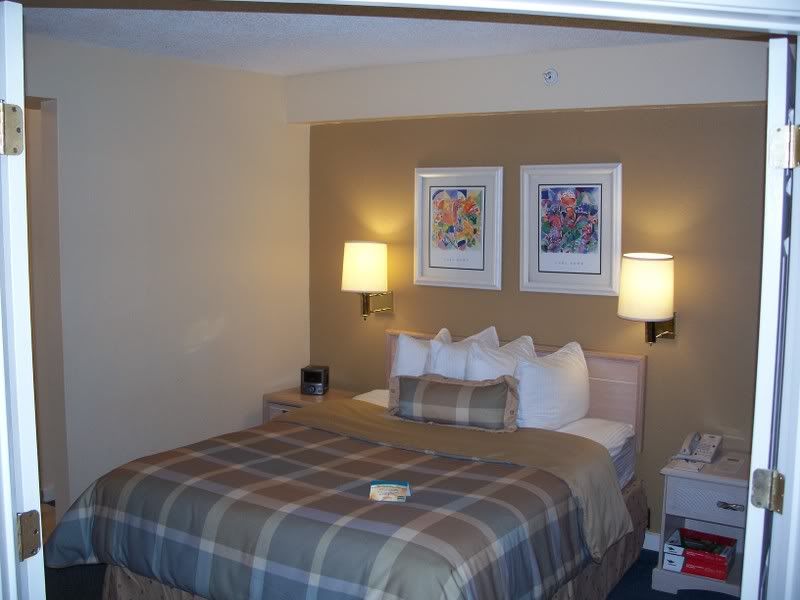
This time whilst in the Sunshine State, I stayed at Staybridge Suites on International Drive. Here's the bed in my room. This bed was a little lumpy, but better than the last place I stayed at. But only five pillows? Slackers.
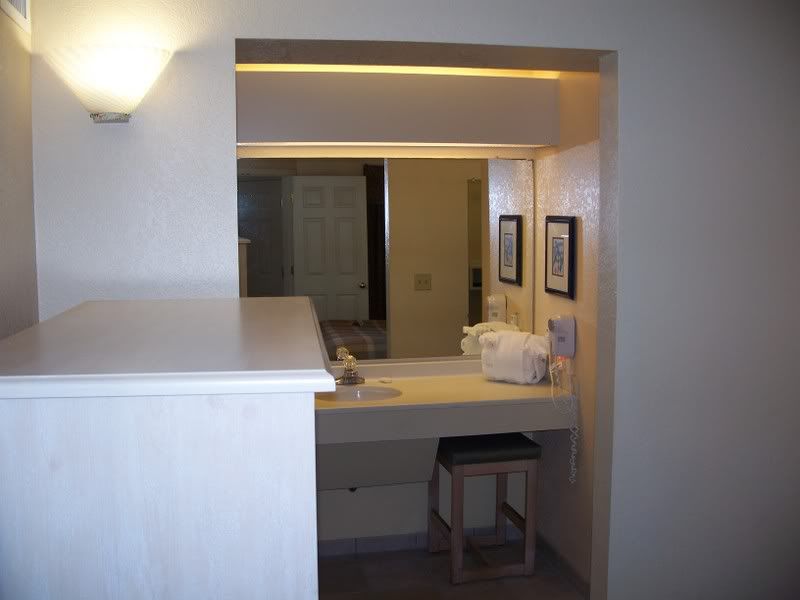
Here's a picture of the vanity. There was a bench under it. I never used it, but there it was. What's in that cabinet in the foreground, you say?
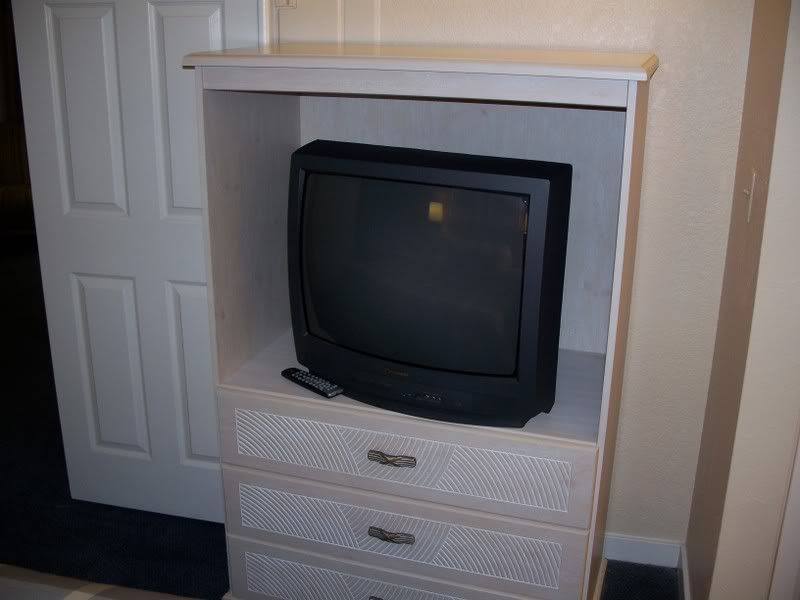
A TV, of course. This TV just had regular TV channels, not that weird TV menu system that is in so many hotels. I really didn't watch any TV. I had some playing in the background while I was trying to fix my Treo. It was a show on the AFI top 100. You can currently find out what films I think belong in the top 100 by going to my profile page. Listening to people gush about Citizen Kane was a bit much, but it is a good movie. No trespassing.
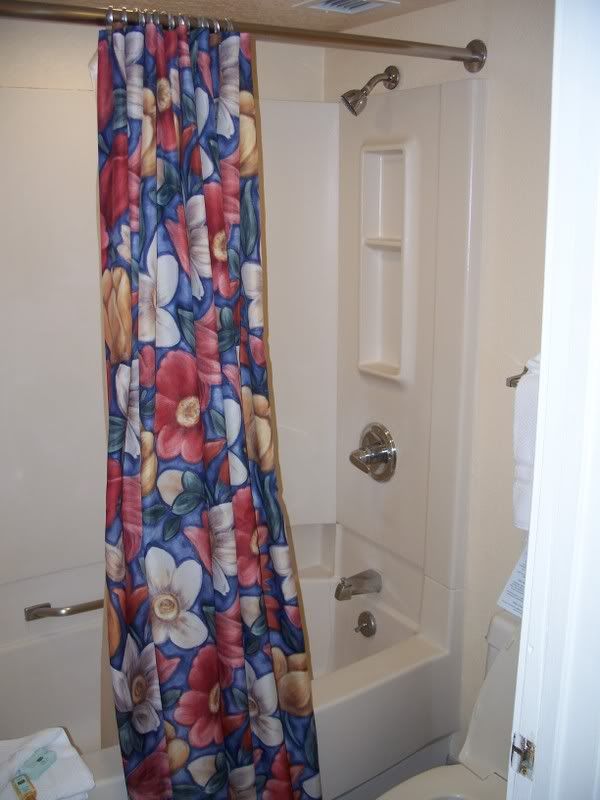
Here's the bath. It worked.
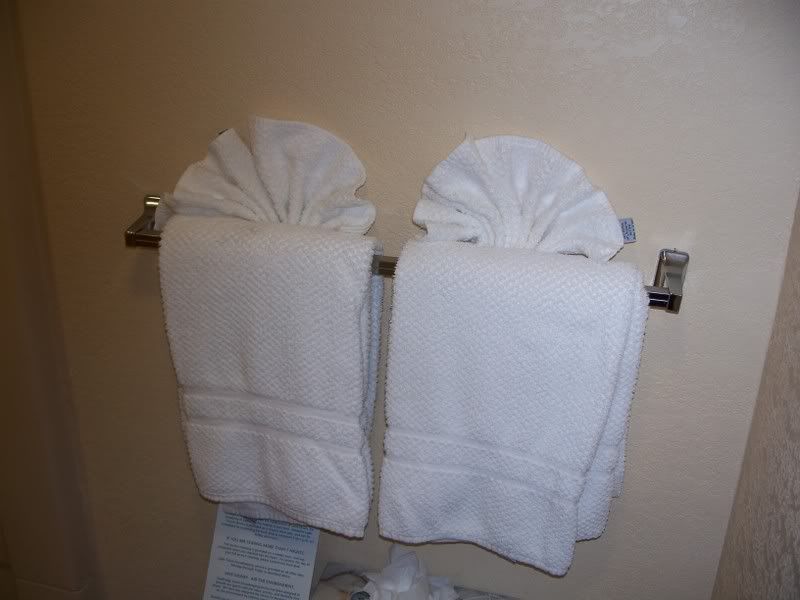
The towels with the popular seashell arrangement for the wash cloths.
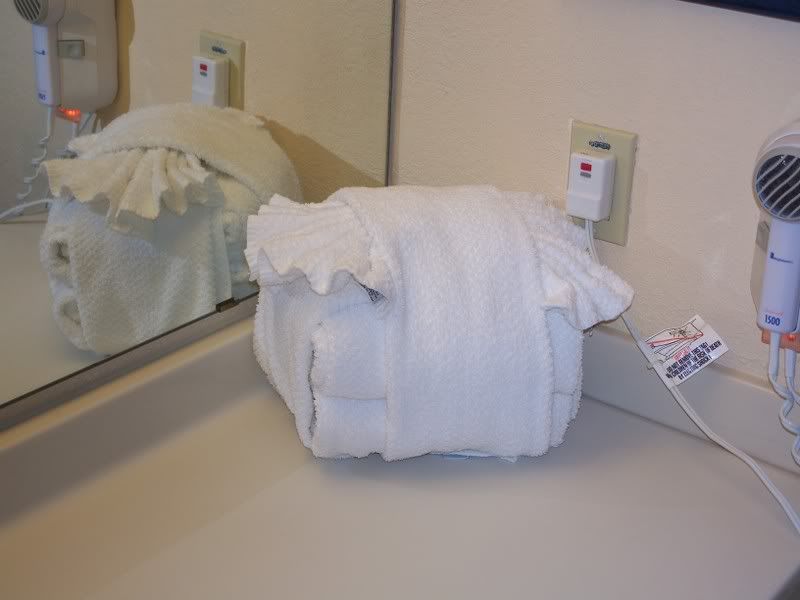
A bundle o' towel. Well, and a hair dryer.
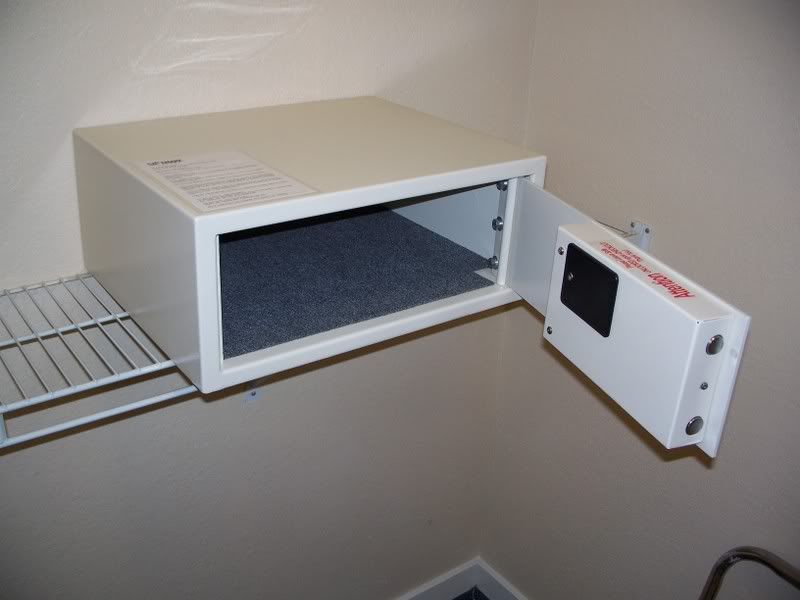
The room safe in the closet.
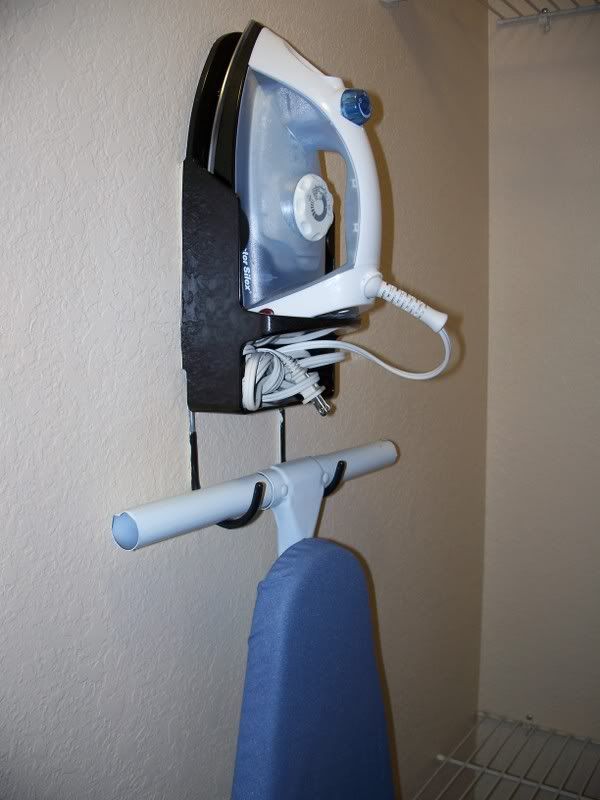
The very blue iron in the closet.

And this is the closet.
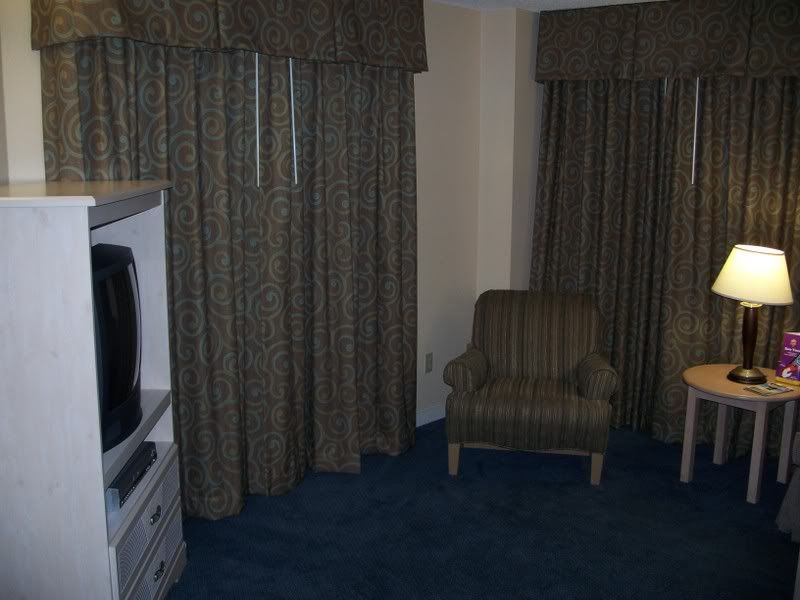
So this is what the main room looked like.
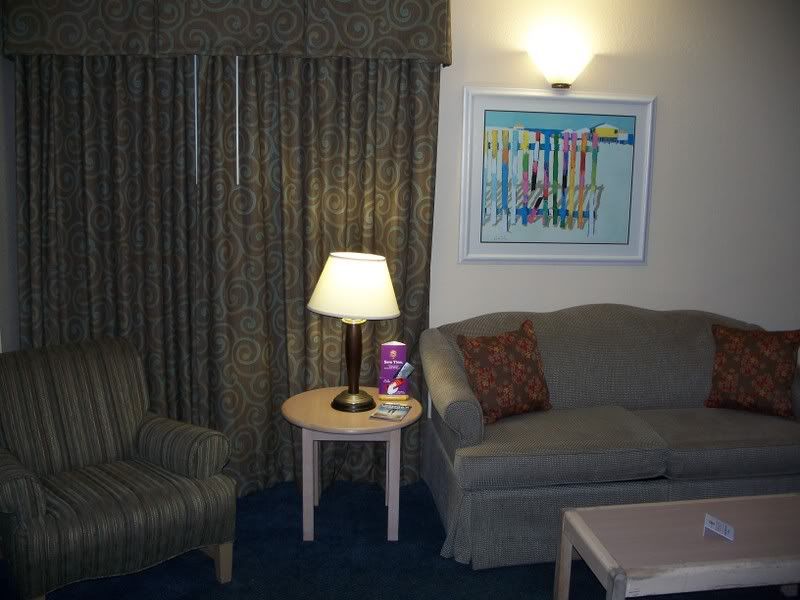
And this is more of what it looked like.
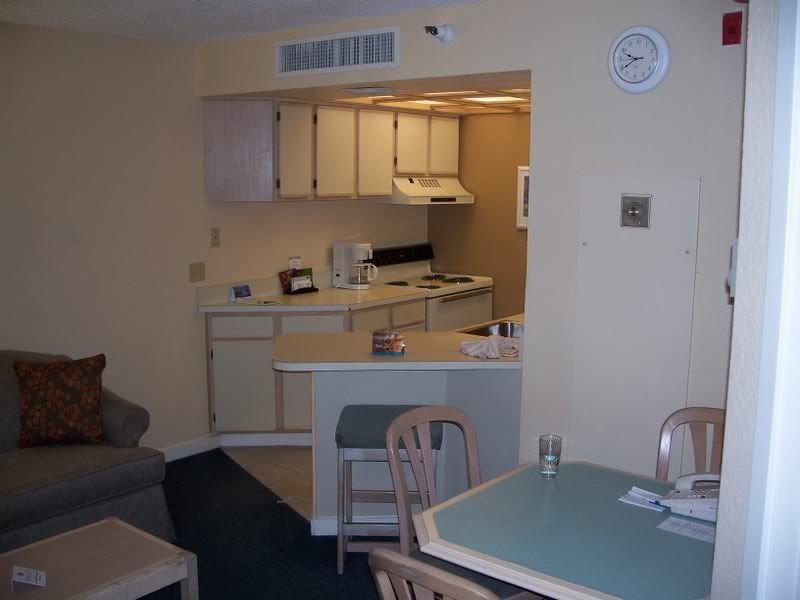
And still a little more, and lo, a kitchen.

Here is the kitchen. Among my recent business trips, I think this is the first I've stayed in room with a kitchen. I also bought a new battery charger which I thought wouldn't scare the TSA as much as my old one. I had lots of power to take pictures.
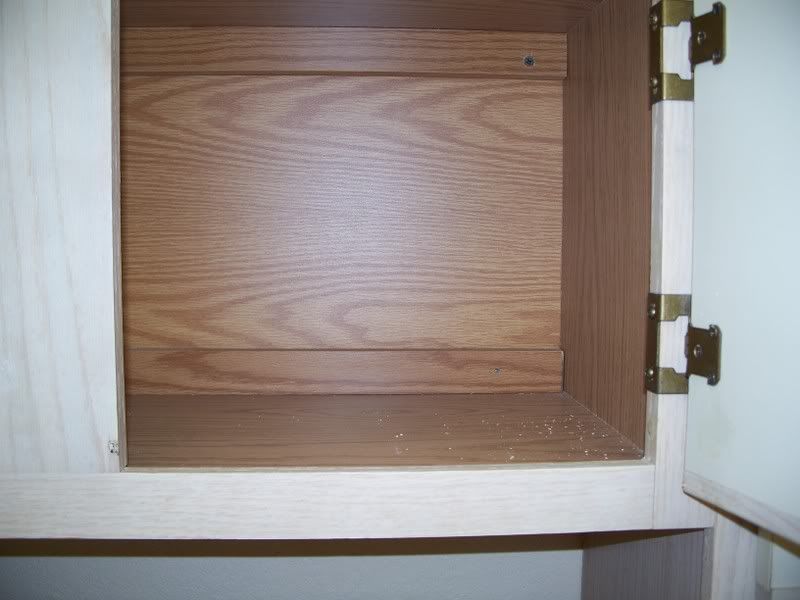
This is the cabinet on top of the refrigerator. It hadn't been cleaned since being installed. But there are a couple things. One, I doubt the maids are as tall as I am, so they probably can't reach it, let alone see it. And two, these rooms were recently renovated. I didn't really care about the particle board shavings that were in the cabinet.
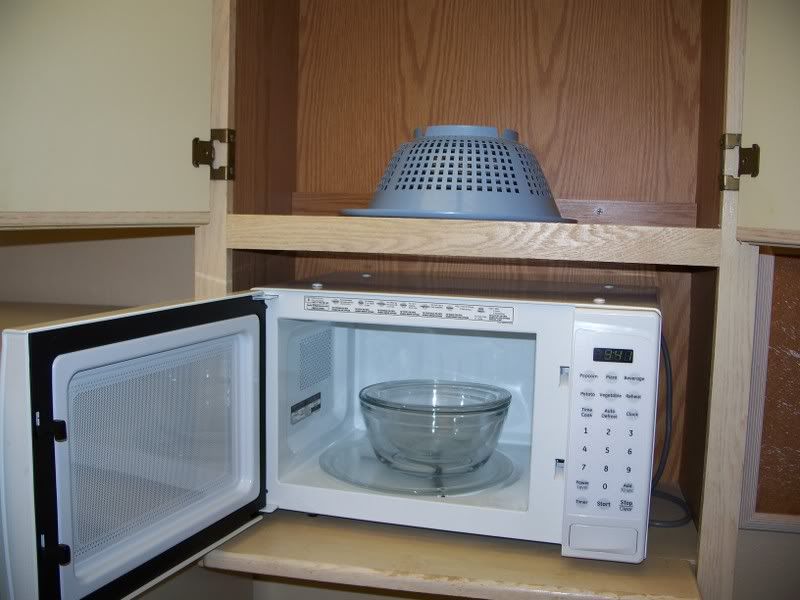
Here's the microwave, under another, cleaner cabinet. The microwave was new and clean.
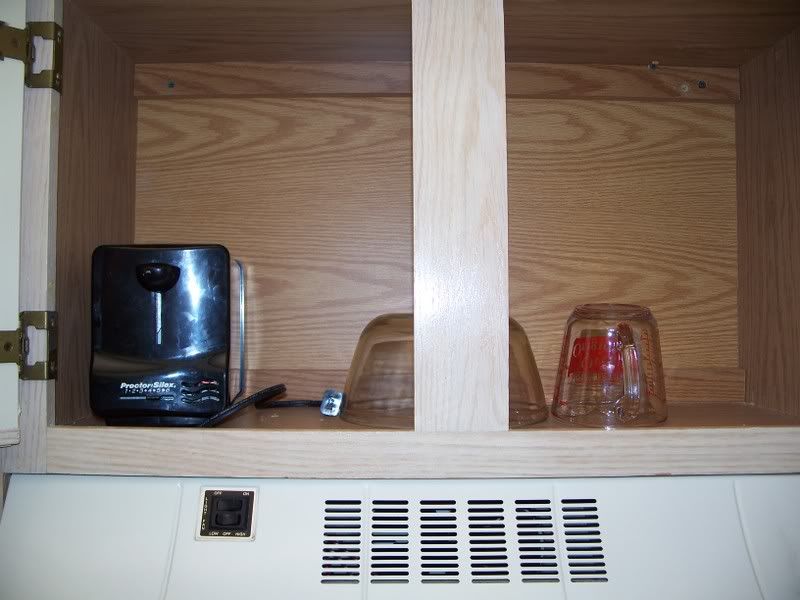
The cabinet above the stove. It had a toaster in it. I don't usually keep toasters in cabinets.
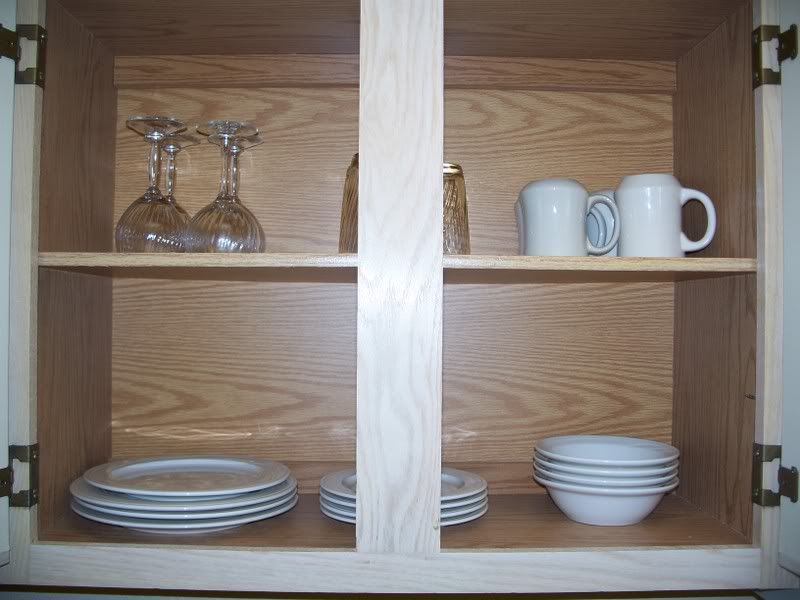
Another cabinet, this one with dishes and plates.
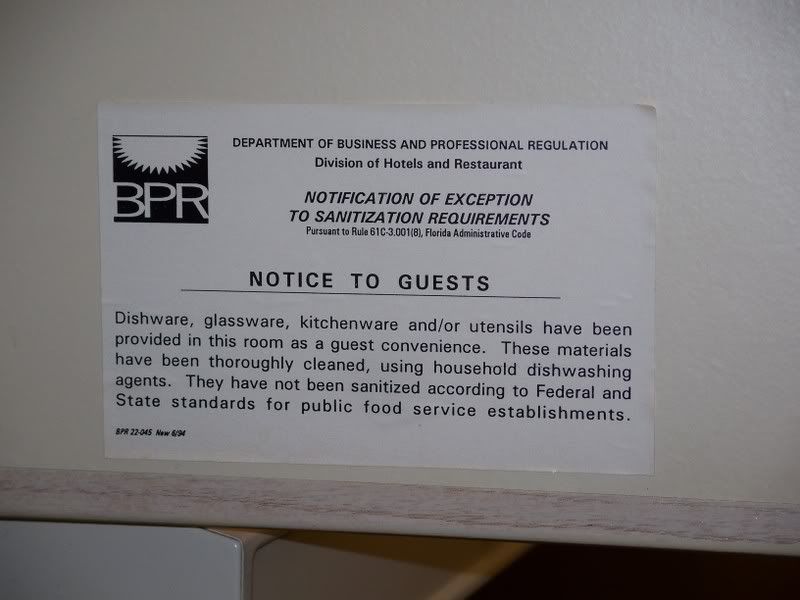
And sure, they look clean, but they come with a warning. Here's the text of the section of code (61C-3.001[8])it references: "Employee areas -- Employee locker rooms, rest rooms or quarters and their furnishings shall be kept clean and in good condition." Umm.
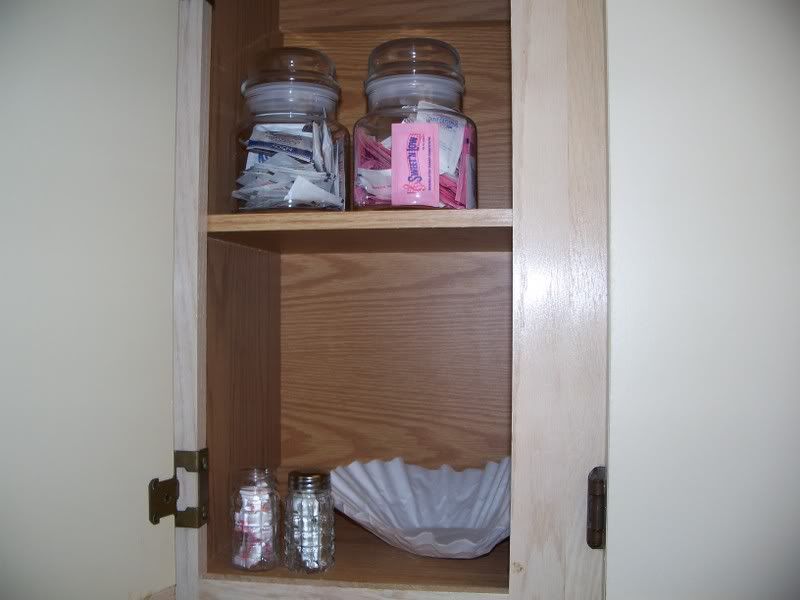
Yet another cabinet. This one with sugar and spice. And one single coffee filter.
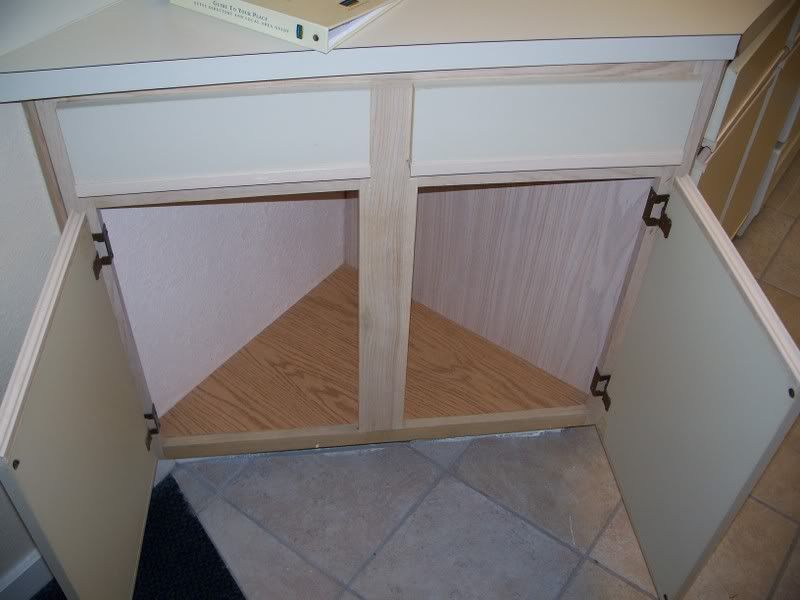
An oddly-shaped cabinet fit for a hotel.
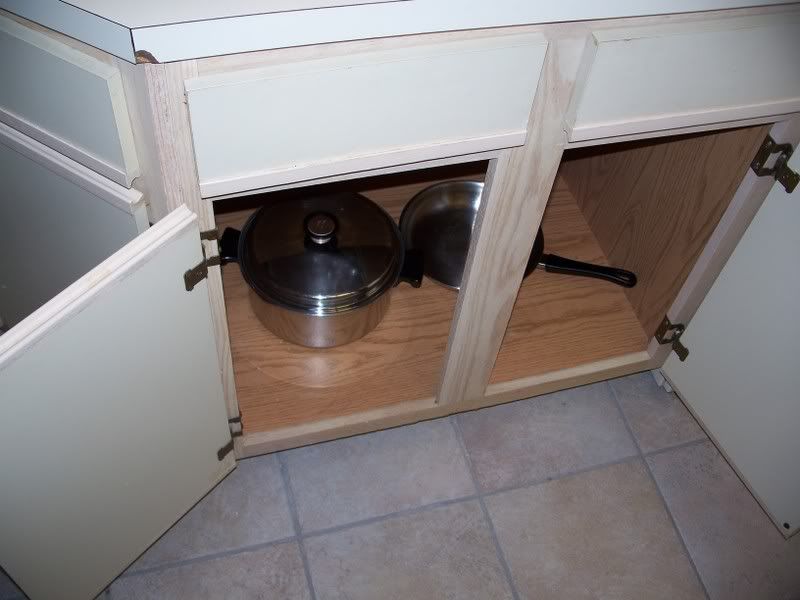
A cabinet with a pot and pan.
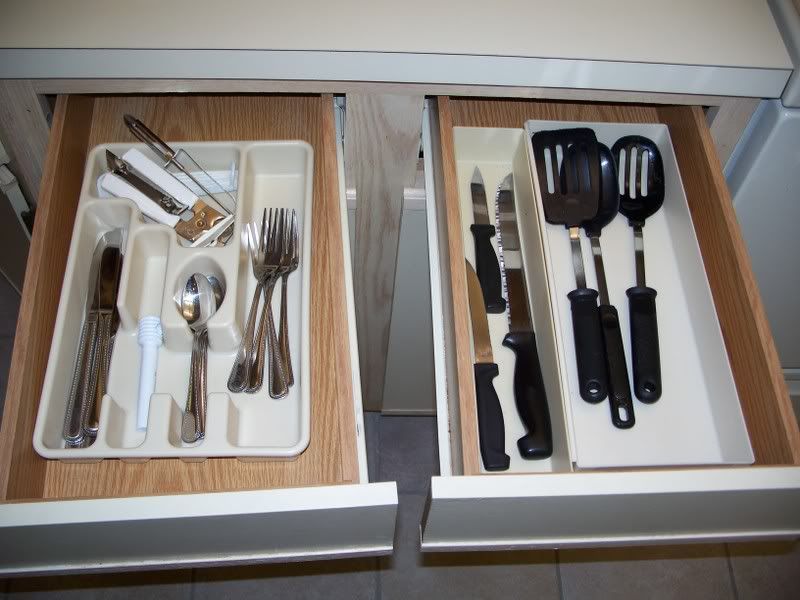
Here are the drawers. A lot of cabinets, but only this set of drawers.
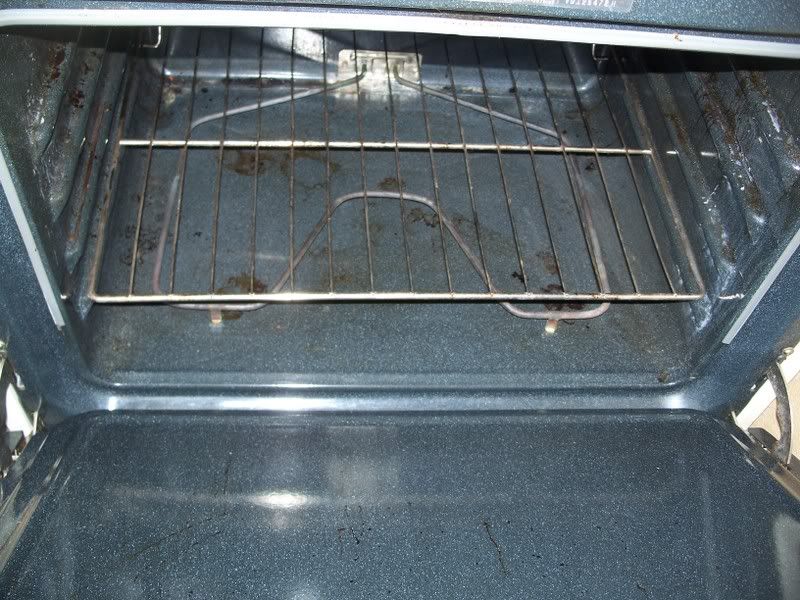
OK, the oven wasn't quite as clean as the rest, but I'm sure it is harder to clean.
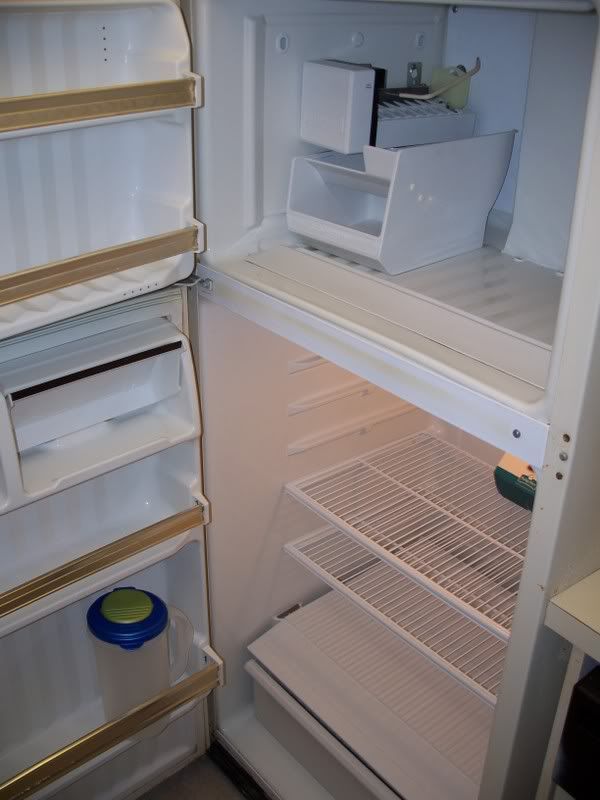
Florida regulations (61C-3.001[4]) state: "refrigeration equipment shall be kept clean and free from odors and in good repair." This refigerator was certainly compliant.
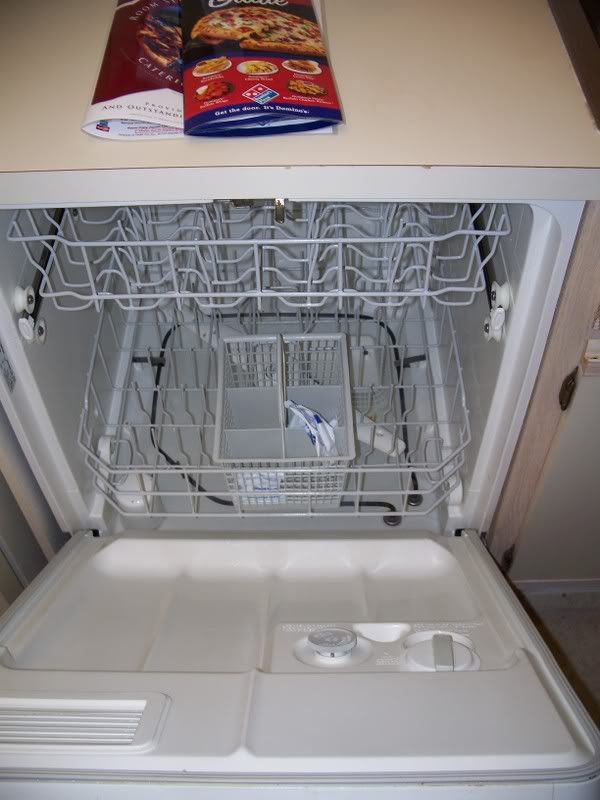
The dishwasher had water laying in the bottom of it. I'm not sure that's right.
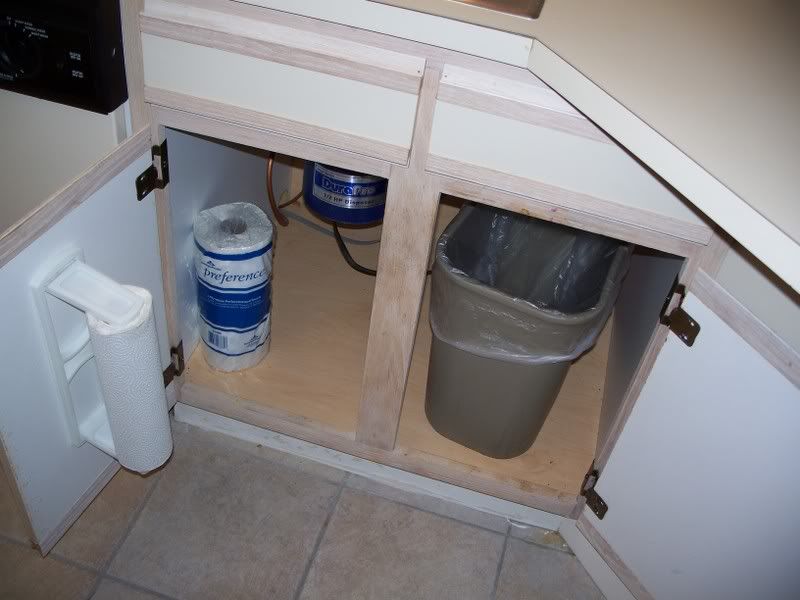
I know you were thinking I was out of cabinents, but no. The only thing this room had more of than cabinets were light switches on the wall. I didn't take pictures of all of those. But I thought about it.
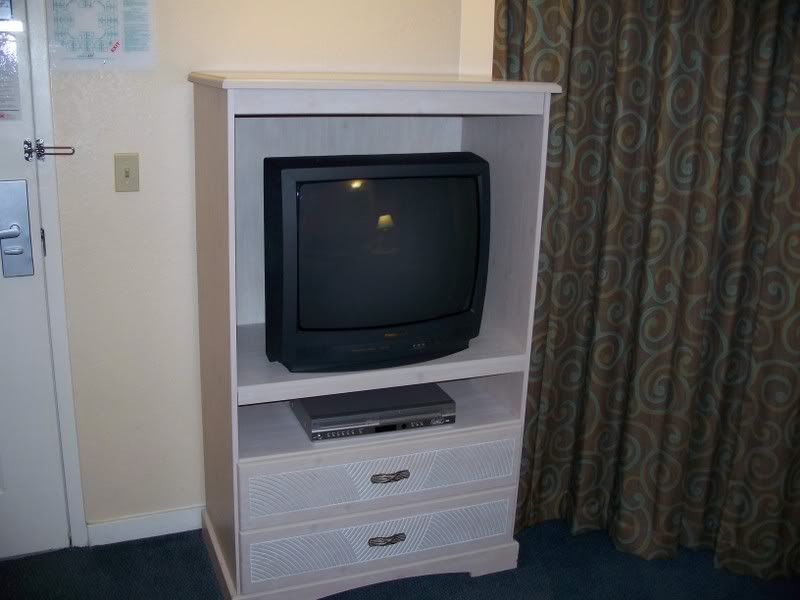
Another TV. In the main room. Among my recent trips for business, I think this was also the first room I stayed in that had more than one TV.
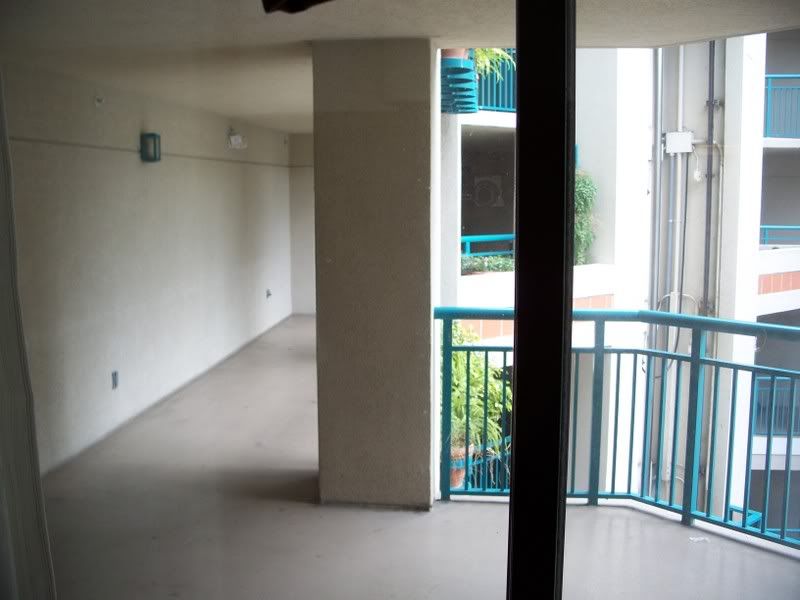
This was the view out of one of my three windows.
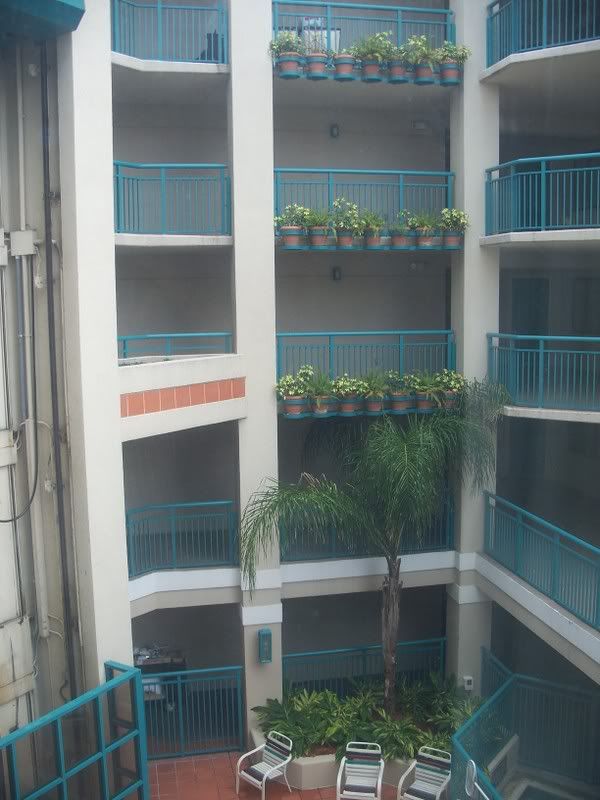
The view out the second window.
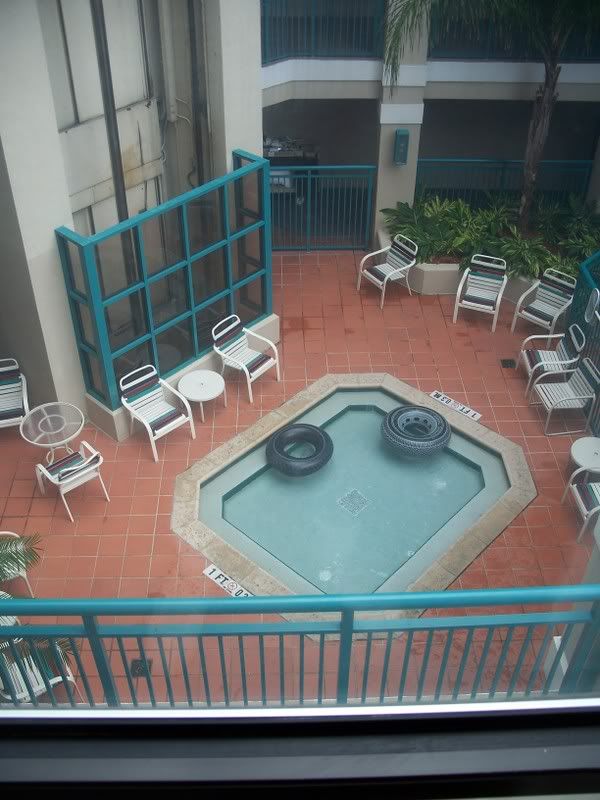
The kiddie pool.
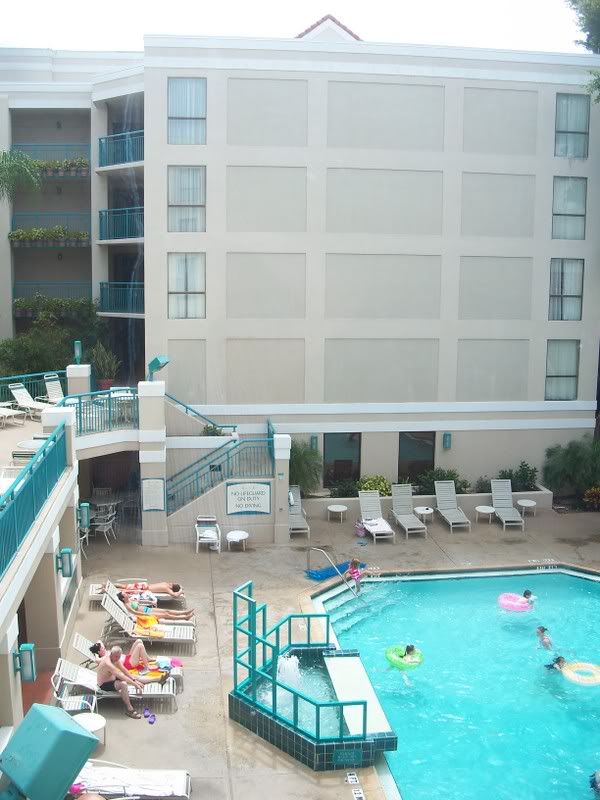
The view out my third window. The pool was a noisy place until it shut down at 10:00 p.m.
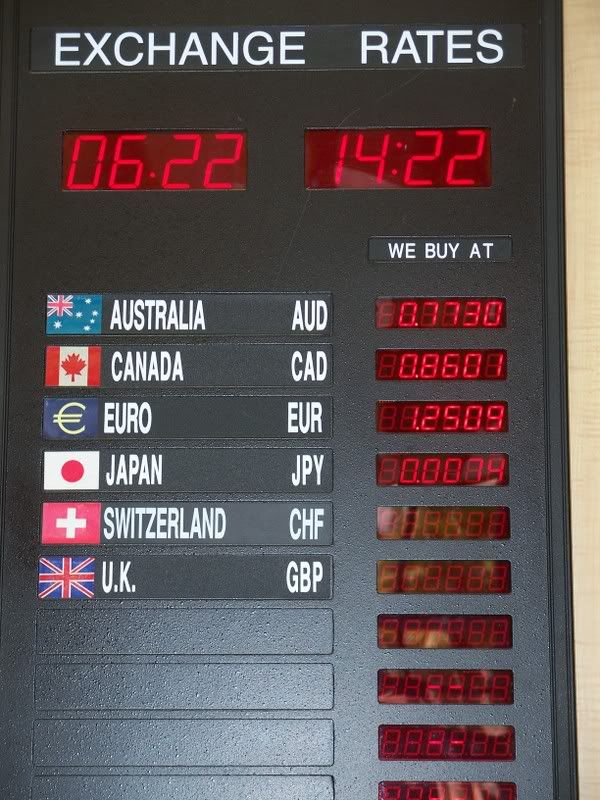
This is a board listing exchange rates. I had about an hour to kill after lunch before I headed to the airport, so I took the I-Ride trolley to some outlet mall.

I took this picture while I was on the trolley. There was a heavy rain that rolled after I decided to make my little trip. So far I am two for two for rain on my trips to the Sunshine State.

This is the sky when I got home to the Dulles Airport. Or closer to home, anyway. For once this was the view to the west instead of to the east.

Another view of the sky. That's a wicked UFO in the picture, huh? It looked more like a plane before my camera got ahold of it.
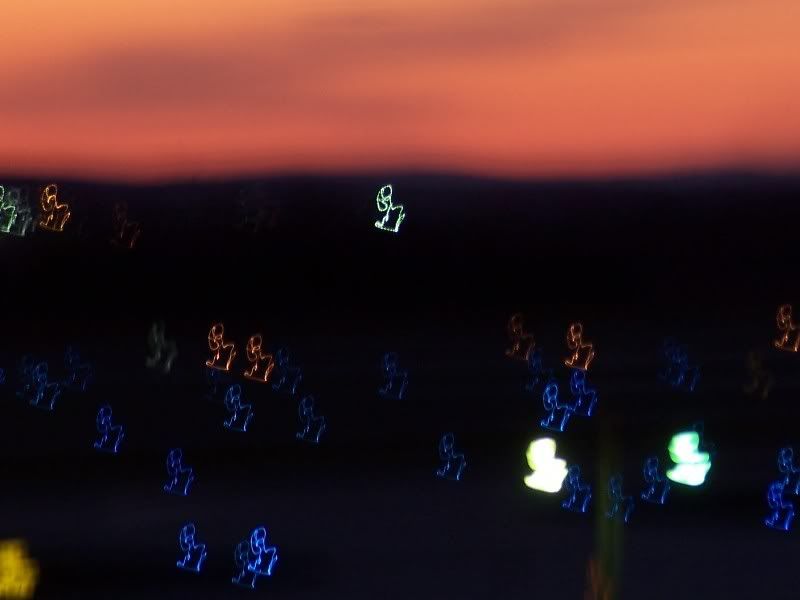
This is what happened when I tried to take a picture holding my camera. I think it's interesting. I'm not sure why.

I also took a few pictures from Daily Garage 2. Here's a DHL plane.

And here's the UPS plane next to it.

And here are several dimly-lit FedEx planes.

This is a picture of Cargo Road. There is a parking garage shuttle in the picture. Do you see it?

And last, here's a picture of the Dulles terminal itself, all lit up.
Category: Jobs, Work, Careers